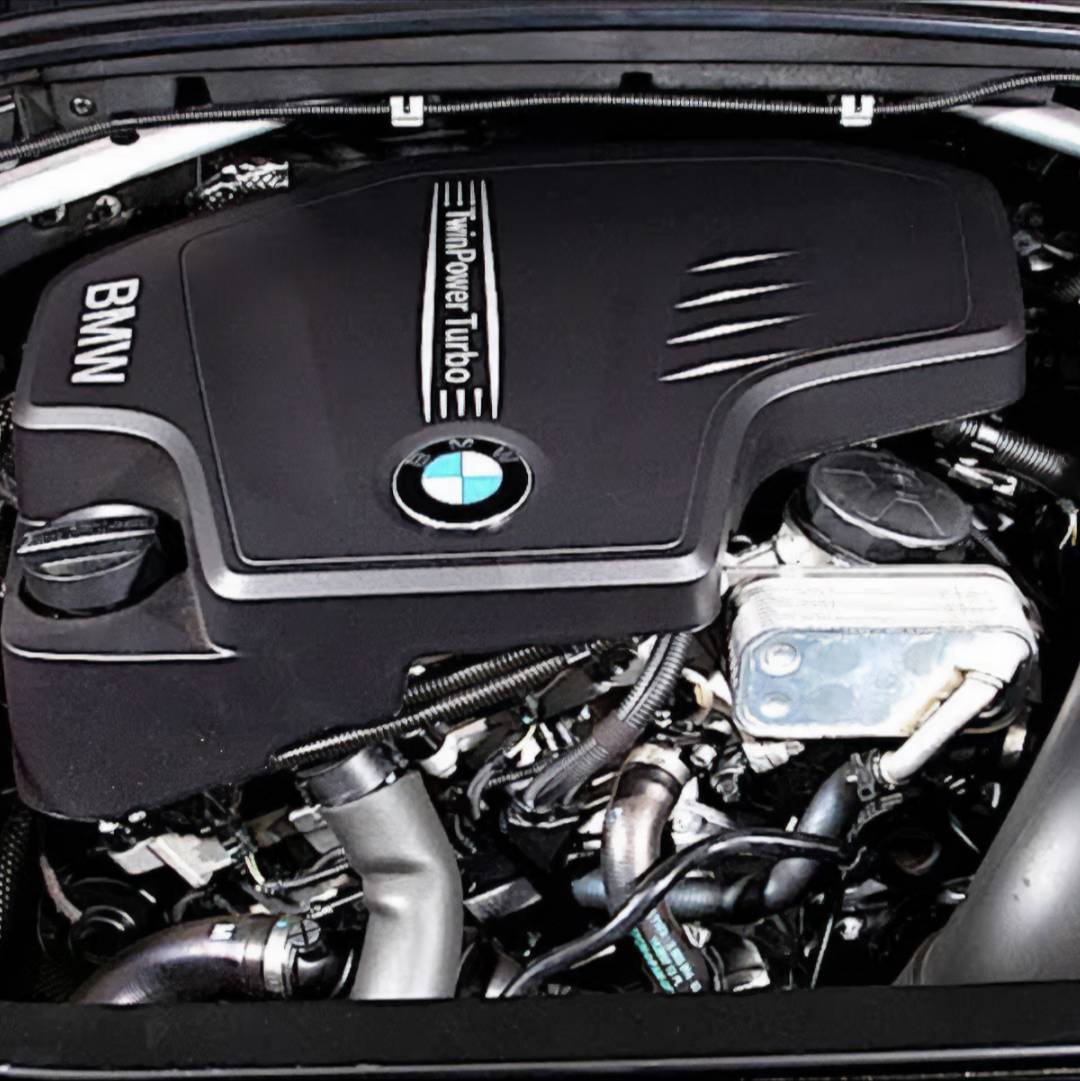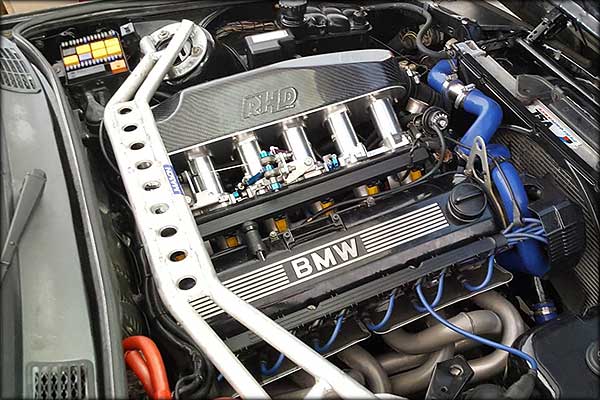Discovering the Development of Combustion Engines in Modern Transportation Solutions
As we navigate the landscape of modern transport, the development of combustion engines stands as a testimony to human ingenuity and design prowess. The interplay of background, technology, and ecological issues in shaping the trajectory of combustion engines develops a story that is both engaging and informative.
Early Beginnings of Combustion Engines
How did the idea of combustion engines very first arise in the early stages of transport growth? The roots of combustion engines can be mapped back to the 17th century when the concepts of interior combustion were very first discovered.
The advancement minute featured the invention of the very first effective gasoline-powered engine by Karl Benz in 1885 - bmw engine. This engine led the way for the development of the modern car, changing transportation systems worldwide. Subsequent advancements by Nikolaus Otto and Gottlieb Daimler further refined combustion engine technology, causing the mass manufacturing of automobiles and the fast growth of the transport sector
These early combustion engines were characterized by their simpleness and performance, laying the foundation for the complex and powerful engines used in modern-day transport systems. The development of combustion engines has been important fit the way we take a trip and transfer products, noting a considerable turning point in the history of transport growth.
Shift to Internal Burning Innovation
The transition to internal burning innovation marked a pivotal change in the development of transportation systems. This change began in the late 19th century, with inventors like Nikolaus Otto and Gottlieb Daimler creating the very first successful inner combustion engines. These engines revolutionized transport by providing a more effective and effective choice to steam engines and electrical motors.
One of the vital advantages of inner combustion engines was their capacity to be scaled down to suit automobiles, resulting in the growth of motorcycles and autos. This shift from cumbersome, stationary engines to portable, mobile ones led the way for the modern transportation systems we see today.
The change to internal burning technology likewise stimulated developments in gas technology, causing the development of gas and diesel as key fuel resources for lorries. This shift not just made transportation more accessible to the masses however additionally laid the foundation for the oil and gas market to end up being integral to worldwide economic situations.
Impact of Combustion Engines on Transportation
The fostering of burning engines in transportation systems catalyzed a profound change in the performance and speed of worldwide flexibility. Combustion engines transformed transportation by supplying a flexible and trusted source of power for various cars, consisting of autos, ships, planes, and trucks. This advancement dramatically boosted the ability for individuals and items to relocate over fars away in much shorter timespan, bring about raised connection in between areas and nations.
Moreover, the extensive use of combustion engines has had a substantial effect on financial growth. The capacity to transport goods successfully has actually stimulated trade and commerce, allowing organizations to broaden their markets and reach consumers worldwide. This has actually assisted in economic growth and globalization, as items can currently be moved much faster and in bigger amounts than ever.
Nevertheless, the environmental influence of burning engines can not be neglected. The combustion of fossil gas has led to air contamination and greenhouse gas discharges, contributing to climate adjustment and posturing health and wellness risks to populaces. bmw engine. As an outcome, there is a growing focus on establishing different propulsion modern technologies to reduce these negative impacts and create an extra sustainable future for transport
Advancements in Combustion Engine Style
One notable innovation is the development of turbocharged engines, which make use of exhaust gases to drive a generator that presses incoming air, enabling for more fuel to be charred, resulting in enhanced power output without a significant rise in engine dimension. Variable valve timing systems have additionally reinvented engine style by optimizing airflow at different engine rates, boosting both power and performance. These innovations jointly add to the continual renovation of burning engines in contemporary transportation systems.
Future Patterns in Combustion Engine Growth
With modern technology improvements driving continuous technology, the future of burning engine development is positioned to reinvent transportation systems around the world. Among the essential fads in combustion engine development is the press towards higher efficiency and lowered discharges. Manufacturers are spending heavily in r & d to enhance engine efficiency try here while fulfilling a fantastic read strict ecological policies. This consists of the integration of innovative fuel shot systems, boosted turbocharging approaches, and the usage of light-weight materials to maximize fuel usage and lower carbon discharges.
Another prominent pattern is the fostering of crossbreed innovations in burning engines. Crossbreed engines incorporate conventional burning modern technology with electric power, offering boosted fuel efficiency and lower discharges. As the automobile market shifts in the direction of electrification, hybrid burning engines are viewed as a transitional service that links the space in between traditional vehicles and totally electric ones.
Additionally, the combination of wise technologies, such as fabricated knowledge and information analytics, is anticipated to play a considerable duty in the future of burning engine development. These modern technologies can optimize engine performance in real-time, bring about much more effective combustion procedures and improved general lorry efficiency. Welcoming these future fads will certainly not just drive innovation in combustion engine advancement yet also contribute to an extra eco pleasant and lasting transportation community.

Final Thought
In final thought, the advancement of combustion engines in modern transport systems has been noted by substantial improvements in technology and style. From the early starts of burning engines to the transition to inner combustion innovation, these engines have actually had an extensive effect on transport. Technologies in combustion engine style proceed to drive progress in this field, with future fads focusing on additional boosting efficiency and decreasing discharges. The future of burning engines in transport looks appealing as research and development efforts remain to push boundaries.
The origins of combustion engines can be traced back to the 17th century when the concepts of interior combustion were first discovered. These engines reinvented transportation by supplying a much more why not try this out effective and effective alternative to vapor engines and electrical motors.
